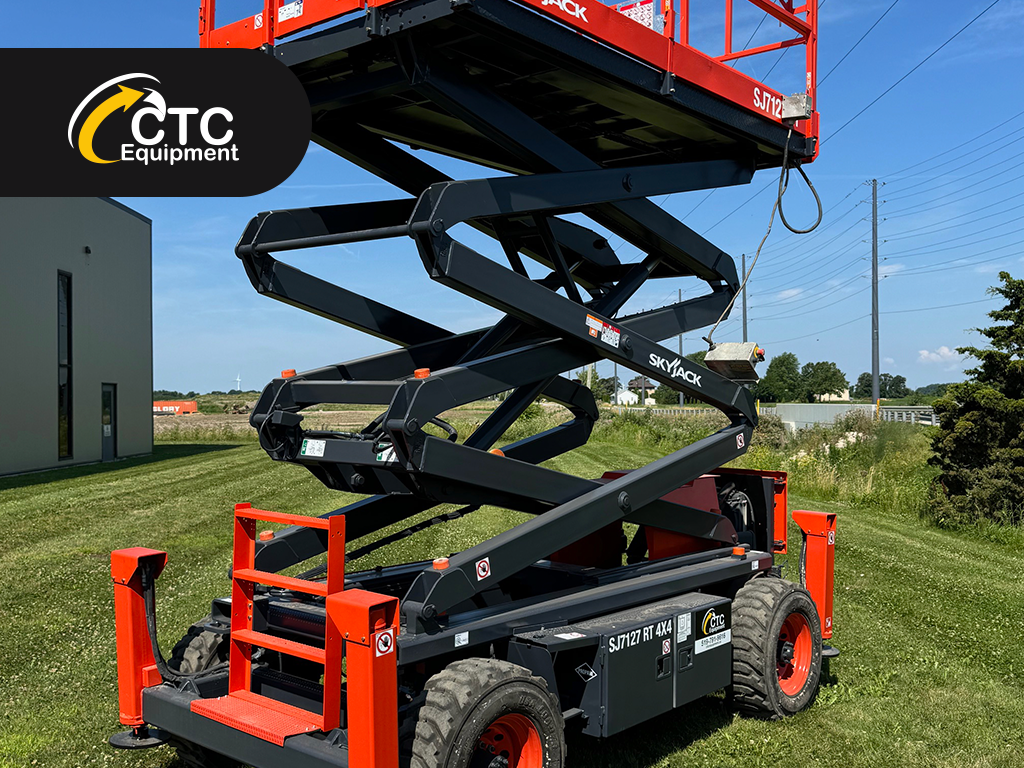Scissor lifts are indispensable tools in various industries, providing elevated work platforms for tasks such as maintenance, construction, and warehousing. However, like all machinery, they come with inherent risks. Ensuring the safety of operators and bystanders requires adherence to strict guidelines and best practices. Below are comprehensive safety guidelines for using scissor lifts effectively and responsibly.
Pre-Operation Safety Checks
Before operating a scissor lift, conduct a thorough inspection. This includes checking the lift’s structural integrity, ensuring that there are no visible damages or wear. Inspect the hydraulic system for leaks and verify that all controls are functioning correctly. Ensure the safety devices, such as guardrails and toe boards, are in place and secure.
Verify the stability of the lift by checking the ground conditions. Scissor lifts should be operated on firm, level ground. Avoid using the lift on slopes, uneven surfaces, or soft ground that could cause instability. If working indoors, ensure there are no overhead obstructions such as beams or sprinklers.
Training and Certification
Operators must be adequately trained and certified to use scissor lifts. Training should cover the operation of the specific model of the lift, including understanding all controls, safety features, and emergency procedures. Regular refresher courses are recommended to keep operators updated on best practices and new regulations.
Personal Protective Equipment (PPE)
Operators should always wear appropriate PPE. This includes hard hats, safety harnesses, non-slip footwear, and high-visibility clothing. The use of a fall arrest system is crucial when working at height, even though scissor lifts are equipped with guardrails.
Safe Operation Practices
When operating a scissor lift, always maintain a clear communication line with ground personnel. Use hand signals or radios to coordinate movements and ensure that the work area is clear of unauthorized personnel.
Never exceed the lift’s weight capacity. Overloading can compromise the stability and functionality of the lift, leading to accidents. Distribute the load evenly and secure all tools and materials to prevent them from falling.
Movement and Positioning
When moving a scissor lift, ensure that the platform is fully lowered. Moving the lift while it is elevated can cause it to tip over, especially on uneven surfaces. Use spotters if necessary to guide the lift’s movement and avoid collisions.
When positioning the lift, make sure it is directly under the work area. Extending oneself from the platform to reach distant points can lead to falls or tip-overs. Use the lift’s controls to adjust its position as needed.
Emergency Procedures
Operators should be familiar with emergency procedures, including how to safely lower the platform in case of power failure or other emergencies. Emergency descent controls and procedures should be regularly tested and practiced.
Ensure that a first aid kit and fire extinguisher are easily accessible in the work area. In case of an accident, immediate medical attention should be sought, and the incident should be reported and documented.
Regular Maintenance
Regular maintenance of scissor lifts is essential to ensure their safe operation. Follow the manufacturer’s maintenance schedule and guidelines, and keep detailed records of all inspections and repairs. Regularly check the hydraulic system, controls, and safety devices for any signs of wear or damage.
By adhering to these safety guidelines, operators can minimize risks and ensure the safe and efficient use of scissor lifts. Remember, safety is a continuous commitment and should be integrated into every aspect of scissor lift operation.


Share This Article
Choose Your Platform: Facebook Twitter Google Plus Linkedin